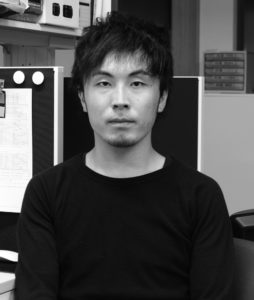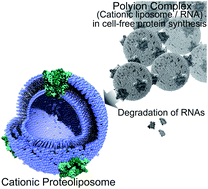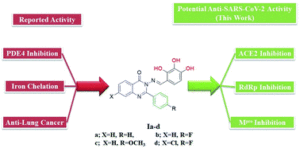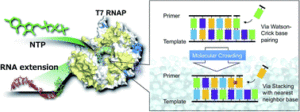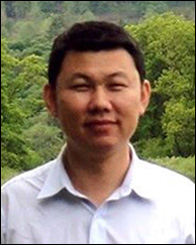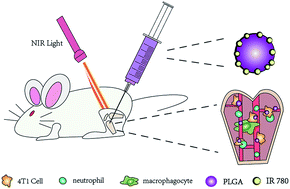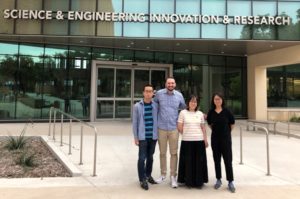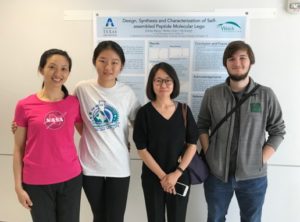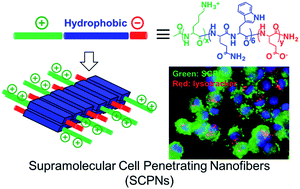In my recent blog post, I discussed the benefits of online conferences for inclusion and wide participation. Access to science without barriers like money and travel is always appreciated and fosters greater interest and collaboration within communities.
As a PhD student at the University of Kent in the UK, I am privileged because my institution has subscriptions to most of the journals needed to progress with my research and understanding. This level of access is quite normal in the UK and therefore it can be easy to forget that not everyone has this luxury. But it is important for this imbalance to be recognized and over the last few years it has been pleasant to see the increased use of open access publishing. I was pleased to publish my first paper as open access because I believe that the dissemination of research will be increasingly important as the world faces new problems.
Scientific innovation can take huge leaps forward when working to overcome challenges. We have seen evidence of this with COVID-19 and the incredible response from scientists all over the world. However, COVID-19 is not the only issue that the world faces. Each country has its own characteristics such as climate, agriculture and infrastructure which results in specific and unique challenges that may light the spark for scientific innovation. However, lack of access to key research can result in missed opportunities and ideas that would benefit the entire world. Issues such as climate change and antimicrobial resistance, pose serious threats to our way of life, with consequences worse than we have seen with the ongoing COVID-19 pandemic, which has shocked the world. Therefore, it is increasingly important that the global scientific community can work collaboratively and with fewer barriers through open access so that we can be better prepared for what the future holds.
It is also important to recognise that misinformation and misunderstanding surrounding science is becoming increasingly common, resulting in a disconnect with the public. With the adoption of open access, factual and reliable scientific information will be much easier to find by anyone if they so wish.
Unfortunately, publishing open access does not come without issues. It can be expensive, and the existence of predatory journals can result in published science that has not been through the same rigorous peer-review process that is used by reputable journals. But choosing to publish open access in trusted journals, providing funds are available, will help to advance the progress and inclusivity of science, which is important now more than ever.
About the Web Writer:
 Lee Birchall has recently started his PhD under the supervision of Dr. Helena Shepherd at the University of Kent, where he also completed his MSc under the supervision of Dr. Stefano Biagini. He obtained a first class BSc at University College London. He enjoys music, languages and windsurfing and you can find him on Twitter at @LTBIRCH.
Lee Birchall has recently started his PhD under the supervision of Dr. Helena Shepherd at the University of Kent, where he also completed his MSc under the supervision of Dr. Stefano Biagini. He obtained a first class BSc at University College London. He enjoys music, languages and windsurfing and you can find him on Twitter at @LTBIRCH.
 Submit to RSC Advances today! Check out our author guidelines for information on our article types or find out more about the advantages of publishing in a Royal Society of Chemistry journal.
Submit to RSC Advances today! Check out our author guidelines for information on our article types or find out more about the advantages of publishing in a Royal Society of Chemistry journal.
Keep up to date with our latest HOT articles, Reviews, Collections & more by following us on Twitter. You can also keep informed by signing up to our E-Alerts.











